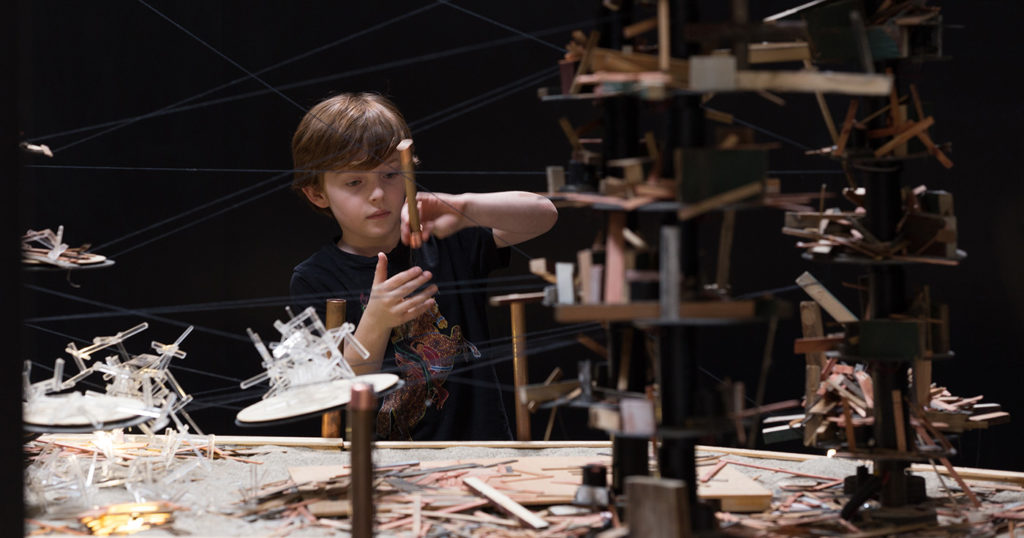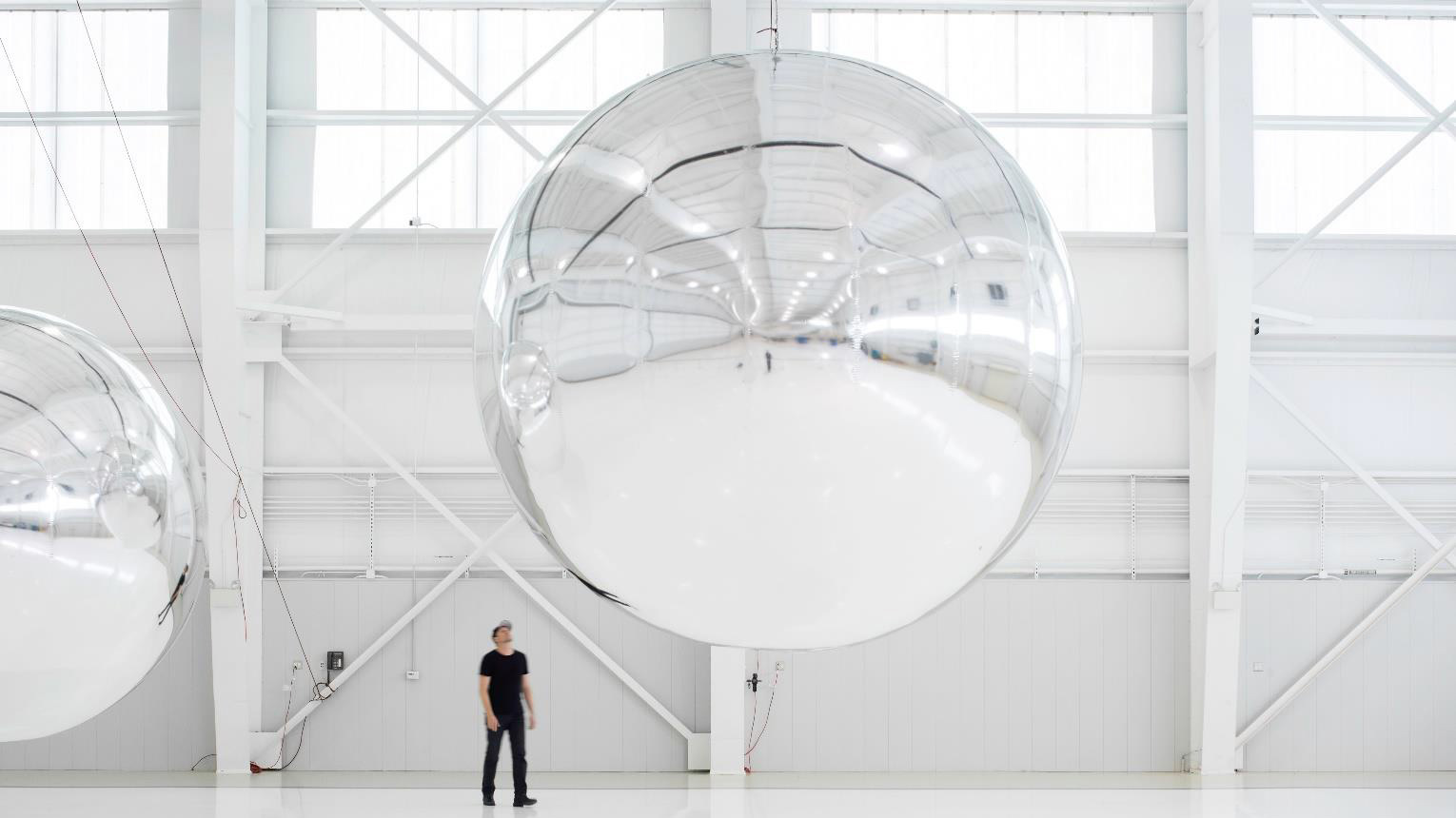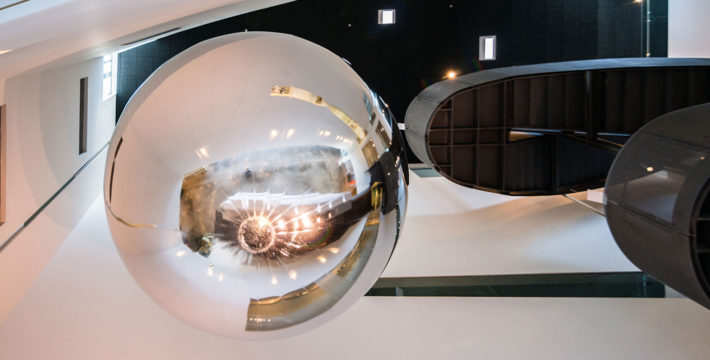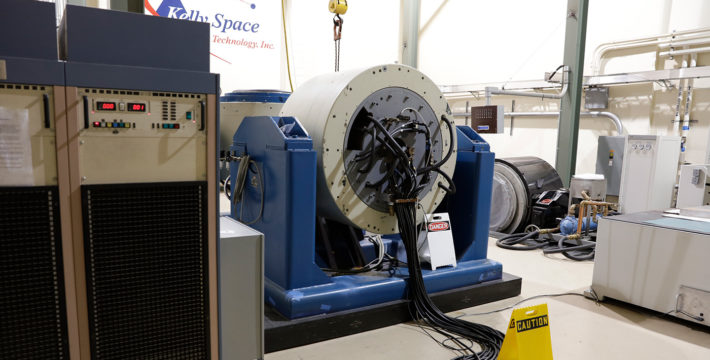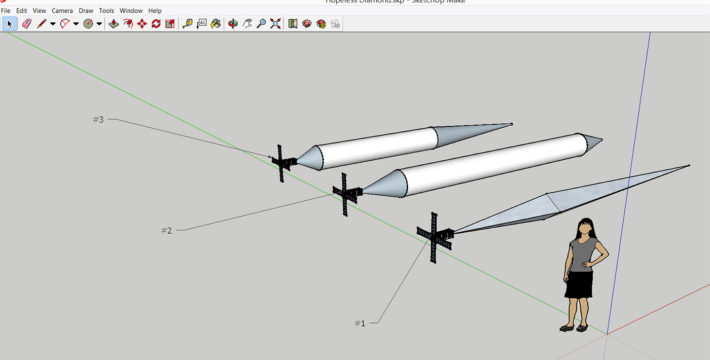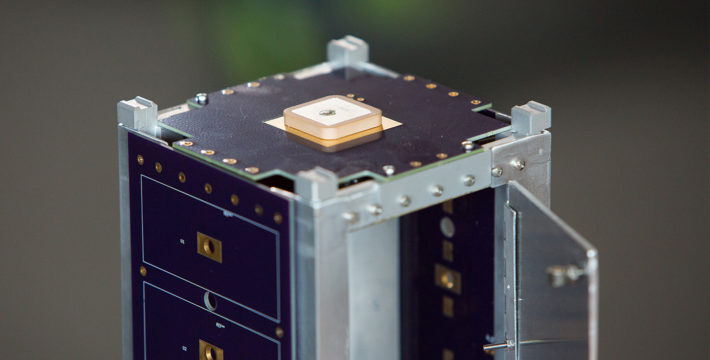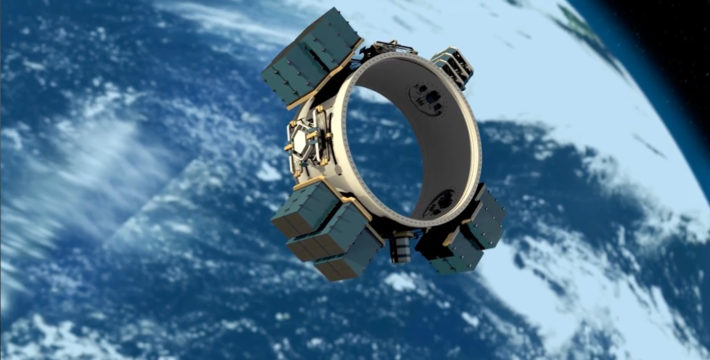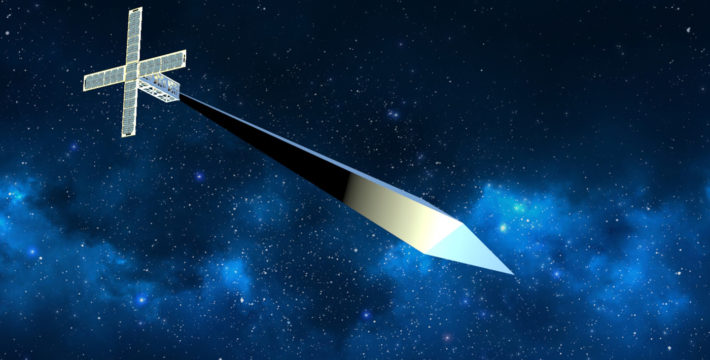Define the Challenge
Every engineering project starts with an idea, a quest to design and build something new.
- Artist Trevor Paglen had been imagining a "nonfunctional" satellite for years, but had not found the right partner or moment in his practice to bring this vision to life
- In 2015, Paglen approached the Nevada Museum of Art to imagine the unimaginable: Create a satellite to exist purely as an artistic gesture
- Serving no commercial, scientific, or military purpose, Orbital Reflector was conceived of as a large reflective balloon that would orbit the planet
- The challenge would require a collaboration between the artist, the Museum, scientists, and engineers
